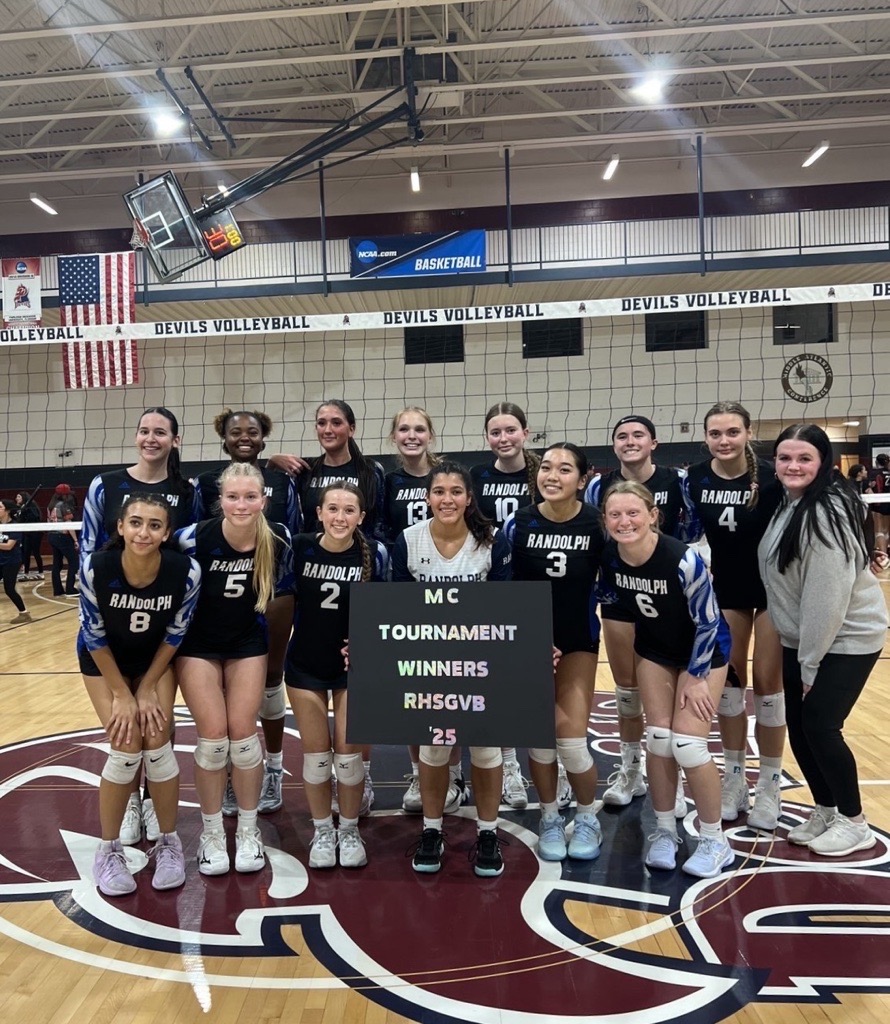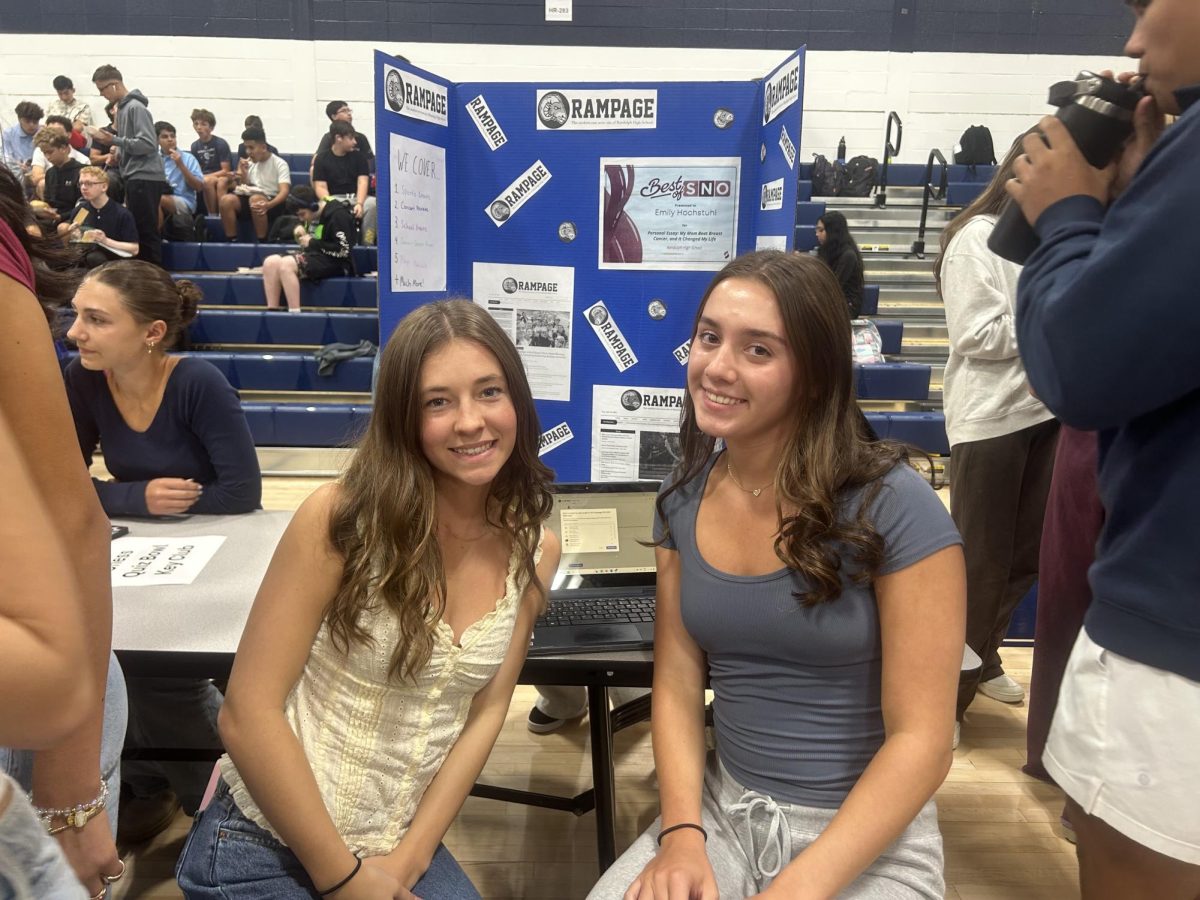Green Club held an environmentally friendly crafting session where club members repurposed used plastic water bottles for flower planters. The session was held during a recent lunch in the classroom of Andrew Piascik, the club co-advisor who teaches science at the high school.
“I believe this project represents Green Club’s value of sustainability because we are reusing materials that would otherwise be disposed of,” junior co-president Harsh Magdum said. “A lot of plastic that is put in recycling bins isn’t actually recycled, so reusing the bottles prevents waste and possible pollution.”
Students began by cutting their water bottles in half and filling the bottom portion about a quarter of the way up with tap water. Moving on to the top portion, they unscrewed the cap and placed a piece of fabric over the opening, securing it with a rubber band. Then, they flipped the top upside down and filled it with nutritious soil. Finally, they added in the flower seeds, covered them up with soil, and placed the soil-filled top half back onto the bottom, still upside down, with the fabric-covered opening touching the reservoir of water beneath.
“Because the water bottle is not too small and not too large, it is perfect for small plants like marigolds and zinnias,” Magdum explained. “Attaching the fabric over the mouth of the bottle prevents the soil from spilling into the water, and it allows the water from the base to reach the soil.”
The structure of the planter may seem simple, but it creates genius effects that facilitate care for the plants. “The plants can go a few days without being watered,” Magdum added, “and the water only needs to be refilled in the base. This allows it to be a low-maintenance and sustainable option to grow plants and flowers.”
Co-president Noelle Thompson gave club members two choices of flowers, marigolds or zinnias, as she and Magdum distributed the seeds and soil. The two flowers share much in common, like attracting pollinators and repelling crop-eating bugs from gardens. While zinnia petals come in a vast array of colors including red, pink and white, marigolds primarily bloom in their iconic yellow and orange hues.
“I hope the planter project inspires our members to reduce waste in their free time,” Thompson said. “I firmly believe that by demonstrating innovative approaches to helping the environment, our students will develop their own methods to help the planet.”
This project was especially rewarding as members also received plant seeds to take home and start cultivating their own at-home gardens. “My mom and I have our own garden we tend to every spring,” said junior co-president Blake Torster, giving a sneak peek into his personal sustainability journey.
Torster said that the club plans to host sustainable planter projects in the future. “We absolutely will be making more planters,” Torster said. “The project promotes endless ways to repurpose materials like plastic that can benefit our lives.”




























